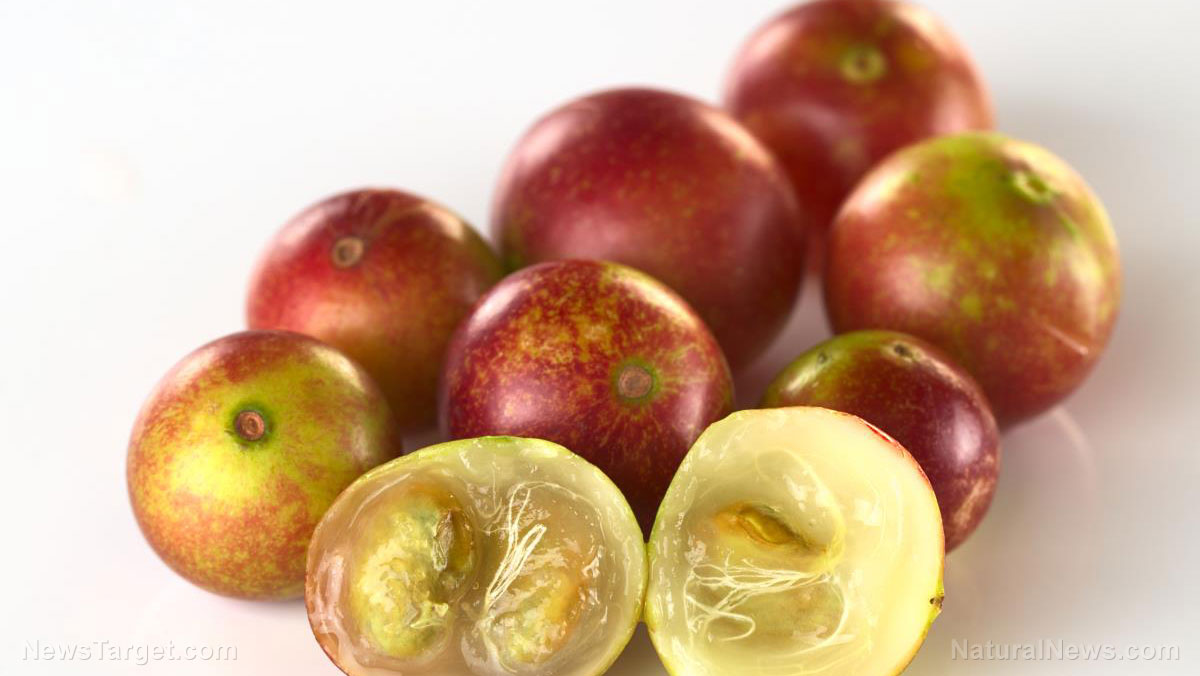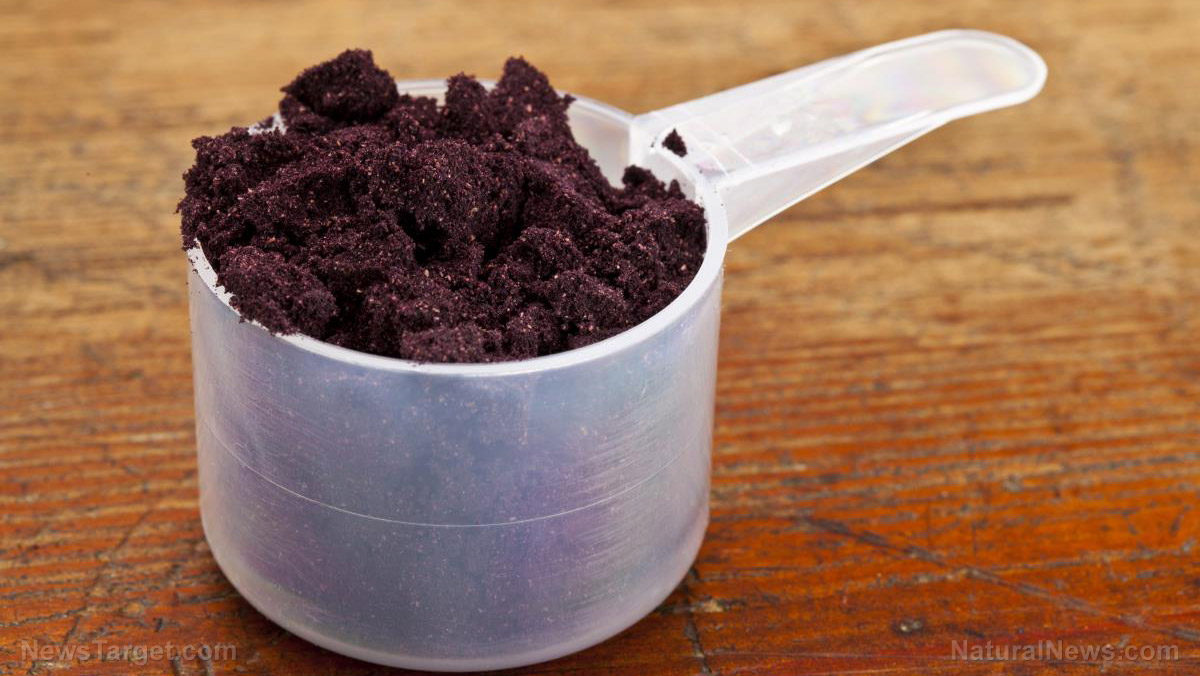Why turmeric is one of the best superfoods documented by modern science
11/26/2018 / By Ellaine Castillo

People have thought that antibiotics could make bacterial infections a thing of the past. These days, however, the drugs are far from being the silver bullet against bacterial infection; in fact, antibiotics have given rise to an even bigger problem. In particular, bacteria that have survived antibiotic treatment have started to develop a resistance to it, making them stronger and more difficult to kill. Because of this, researchers are now turning to nature for a solution to this problem. A group of Indian researchers found a potential answer to this dilemma in turmeric, a superfood with various biological activities.
Turmeric is a perennial plant widely used in Ayurveda, Unani, and Siddha medicine. The rhizome, which most people are familiar with, is commonly used in cooking as a food additive, preservative, and coloring agent. Aside from these, it is also used for different religious rituals. The rhizomes contain different compounds including curcumin, demethoxycurcumin, and bisdemethoxycurcumin. Among these, the yellow pigment curcumin is considered the main active ingredient of turmeric. It is associated with different biological activities, including antibacterial, antioxidant, anti-inflammatory, antiprotozoal, insecticidal, and wound healing effects. Although the benefits of turmeric rhizomes have been studied the most, that doesn’t mean that the other parts of the plant have no use.
In this study, which was published in the Pharmacognosy Journal, the researchers collected extracts from the leaves and rhizomes of turmeric and compared their antimicrobial activities. They used four different bacterial species including Bacillus subtilis and Staphylococcus aureus, which are both gram-positive, and the gram-negative bacteria Pseudomonas aeruginosa and Klebsiella pneumoniae. The authors observed that both extracts were effective against P. aeruginosa and B. subtilis while only the rhizome extracts worked on S. aureus. Moreover, extracts from the rhizome also exhibited more potent antimicrobial activity. The two extracts were both ineffective against K. pneumoniae.
Overall, these results show that the antimicrobial activity of turmeric is not just limited to its rhizomes and leaves also have this action. This study proves that turmeric truly is a superfood and with further studies, it can be developed into an alternative for antibiotics that bacteria are now resistant to. (Related: Research indicates that turmeric may help mitigate the growth of MRSA superbugs.)
Other health benefits of turmeric
The popularity of turmeric is not without reason. This spice, which is also available in powder, tablet, and extract form, is a great addition to your diet because of its many health benefits, which include the following:
- Boosting the immune system — The anti-inflammatory, antioxidant, and antimicrobial properties of turmeric produce a synergistic effect that enhances a person’s overall health. To improve absorption of curcumin into the bloodstream, try consuming it with black pepper or fat-containing foods.
- Relieving joint pain — Patients suffering from arthritis can eating turmeric to alleviate pain and inflammation in their joints. Athletes can also use this superfood to soothe sore muscles.
- Reducing cancer risk – Previous studies revealed that curcumin reduces the risk of pancreatic and prostate cancer, as well as multiple myeloma.
- Protecting the heart — Eating turmeric can improve heart health by enhancing endothelial functions. This affects the regulation of vascular relaxation and contraction, blood clotting, and immune function. Curcumin also reduces inflammation and prevents oxidative damage.
- Improving mood – People who eat turmeric enjoy higher levels of the mood-boosting brain chemicals serotonin and dopamine.
- Enhancing cognitive function — Curcumin improves brain health by stimulating the production of brain-derived neurotrophic factor (BDNF), which is important for maintaining cognitive function. It can also cross the blood-brain barrier and use its anti-inflammatory and antioxidant activities to protect the brain from diseases like Alzheimer’s.
For more articles about the different uses of turmeric, visit Turmeric.news.
Sources include:
Tagged Under:


















